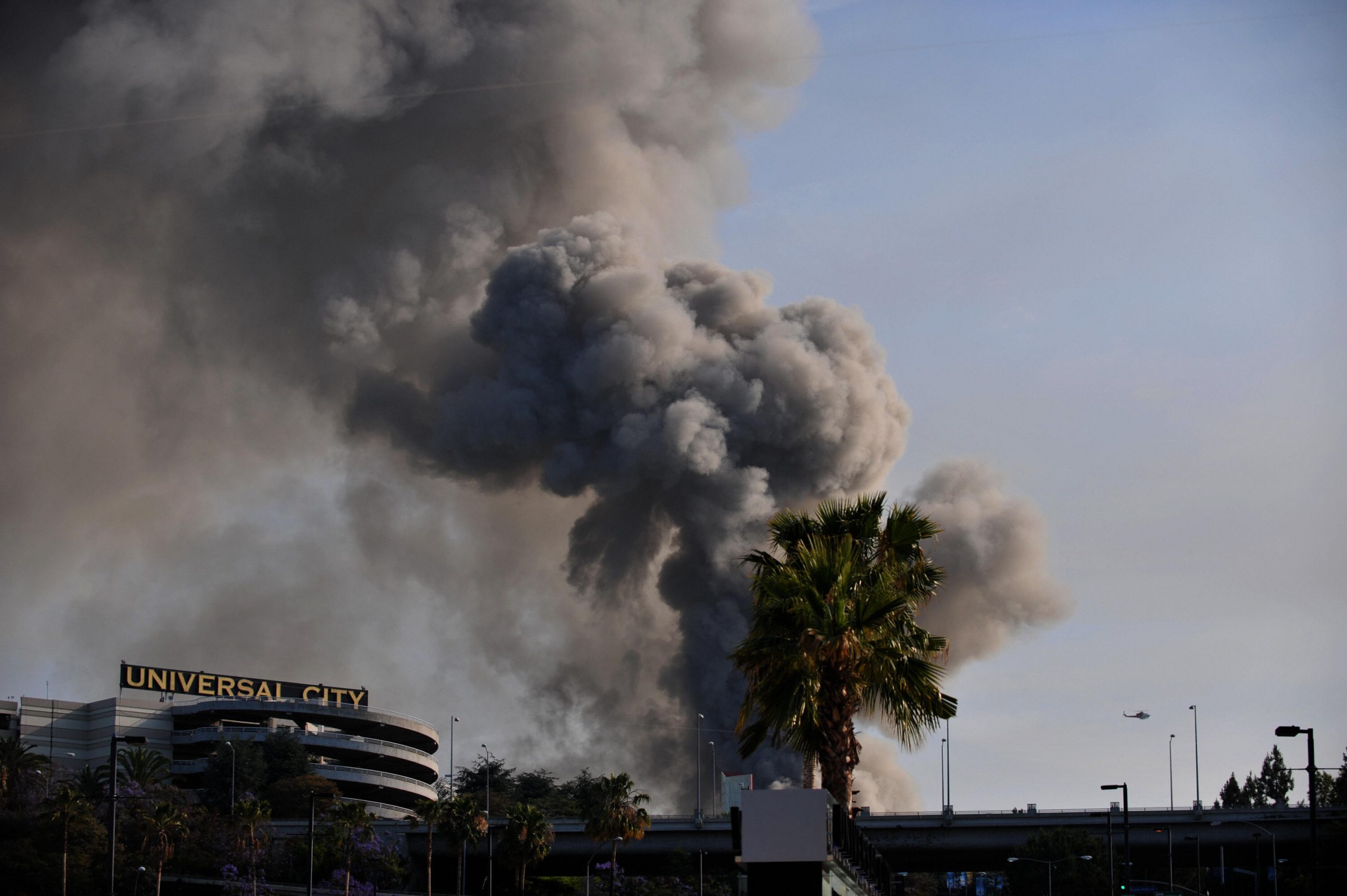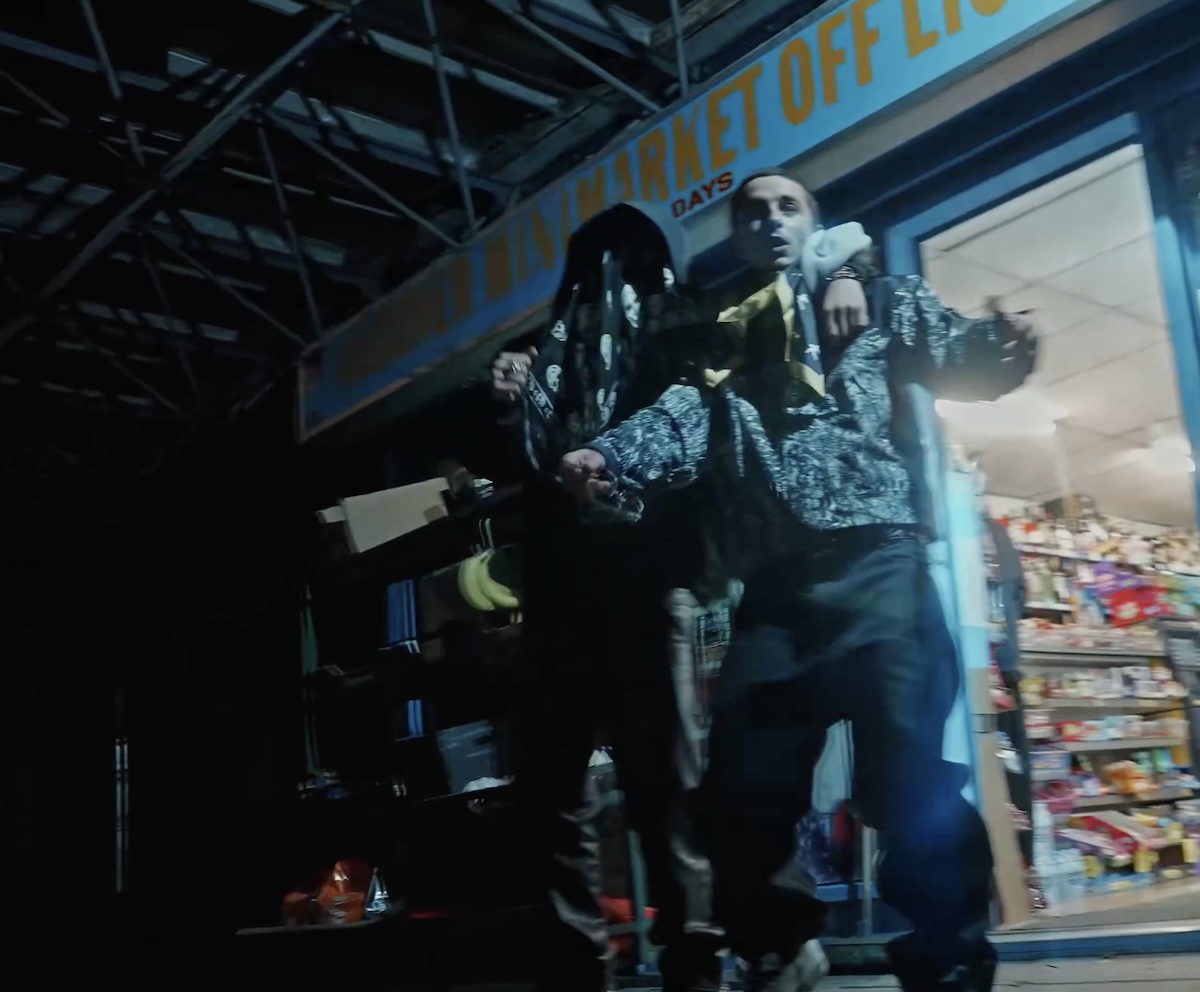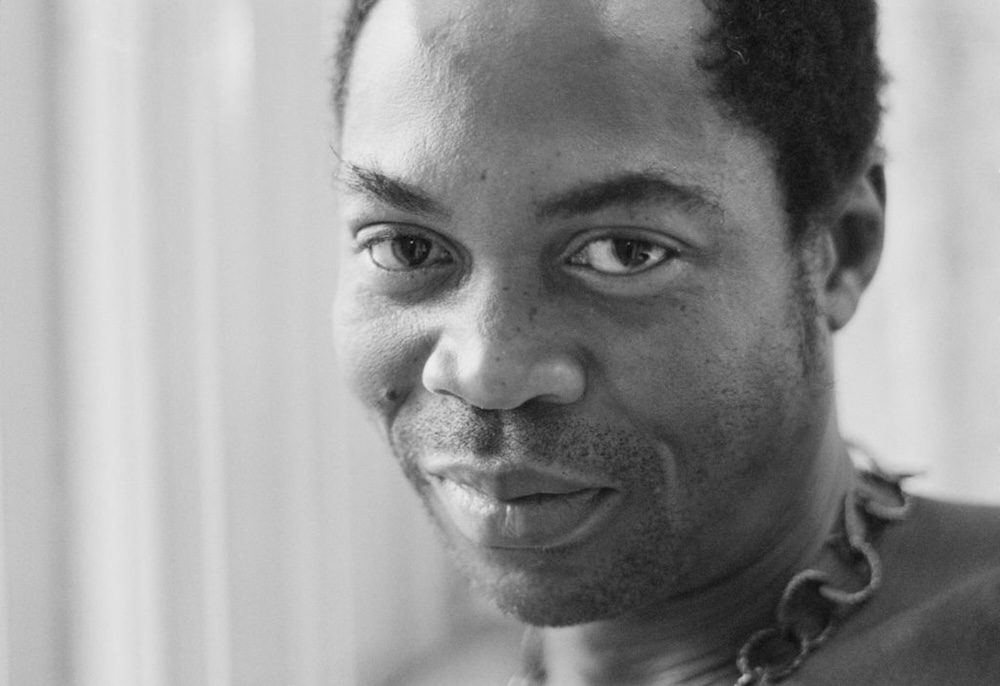Last week, Hole, Soundgarden, Steve Earle, and the estates of Tupac Shakur and Tom Petty were among those who filed a putative class action lawsuit against Universal Music Group (UMG) over a 2008 fire that destroyed hundreds of thousands of master recordings in the record company’s vaults. The lawsuit came on the heels of a New York Times investigation that exposed the damage and named musicians whose works were lost. Now, the Times has identified 700 additional artists whose masters were destroyed.
The extensive list was compiled from UMG documents from late 2009 and early 2010 that were prepared for Project Phoenix, a global search for backup copies and duplicates of destroyed masters. In addition to legendary figures like Billie Holiday, Chuck Berry, and John Coltrane identified in the Times' initial article, the list now includes names like Neil Young, Dolly Parton, Mae West, Petula Clark, the Who, Crosby & Nash, Peter Frampton, the Pointer Sisters, George Benson, Boston, Cher, the Damned, Bell Biv Devoe, Temple Of The Dog, the Wallflowers, Busta Rhymes, Common, Weezer, and Limp Bizkit.
One artist the Times spoke to about the revelation was Canadian rocker Bryan Adams. Adams was recently attempting to put together a reissue of his chart-topping 1984 album Reckless, which was put out by A&M. He only learned of the fire after reading the Times' article.
“I contacted the archive dept of Universal Music,” Adams wrote in an email to the Times. "[I was seeking] the master mixes/artwork/photos/video/film . . . anything.” The record company found almost nothing. He continued, “If you were doing an archaeological dig there, you would have concluded that it was almost as if none of it had ever happened.”
Similarly, Semisonic were getting ready to release a 20th-anniversary edition of their 1998 album, Feeling Strangely Fine when UMG informed them that the masters of the album “couldn’t be located.” Semisonic’s manager Jim Grant told the Times that UMG “did not reference lost or damaged masters. ... They did not mention anything about the fire.”
Counting Crows had found themselves in the same position a few years prior. In a 2016 interview with Diffuser, frontman Adam Duritz said that UMG's Geffen label had “lost the master tapes” for the band's platinum-selling 1996 album Recovering The Satellites. “Because they’re a record company, it’s their sovereign right to lose everything,” he concluded.
Interestingly, Richard Carpenter of the Carpenters was the rare artist who was informed about the destruction of his masters, though only after multiple inquiries. Carpenter booked studio time to work on a reissue for the label, but the tapes he requested never showed up, and eventually an explanation was provided. “They really didn’t want to get me on the phone to give me this news,” he told the Times. (The article notes that "Carpenter’s persistence and 'concern' about his masters in the aftermath of the fire had been a subject of consternation among UMG officials.")
Courtney Love also offered this about last week's lawsuit: “No one knows for sure yet, specifically what is gone from their estate, their catalog. But for once in a horrible way people believe me about the state of the music business which I would not wish on my worst enemy. Our culture has been devastated, meanwhile UMG is online with cookie recipes and pop, as if nothing happened. It’s so horrible.”
Randy Aronson, UMG’s senior director of vault operations at the time of the fire, told the Times that it was clear UMG would never be able to fully account for what was lost. "Decades of slapdash inventory practices — the company’s failure to invest in complete records of its holdings — had resulted in an insoluble discographical puzzle," the Times writes. "UMG knew what labels’ masters had been stored in the vault; they know, broadly, which artists’ recordings had been on the shelves. But the knowledge got fuzzier when it came down to individual albums or songs, especially given the presence in the vault of an indeterminate number of masters containing outtakes, demos and other recordings that were never commercially released."
Aronson estimates that duplicates for a fifth of the lost recordings may have been located during the two-year Project Phoenix. But now that the full story of the UMG fire is public, a second effort is underway.






